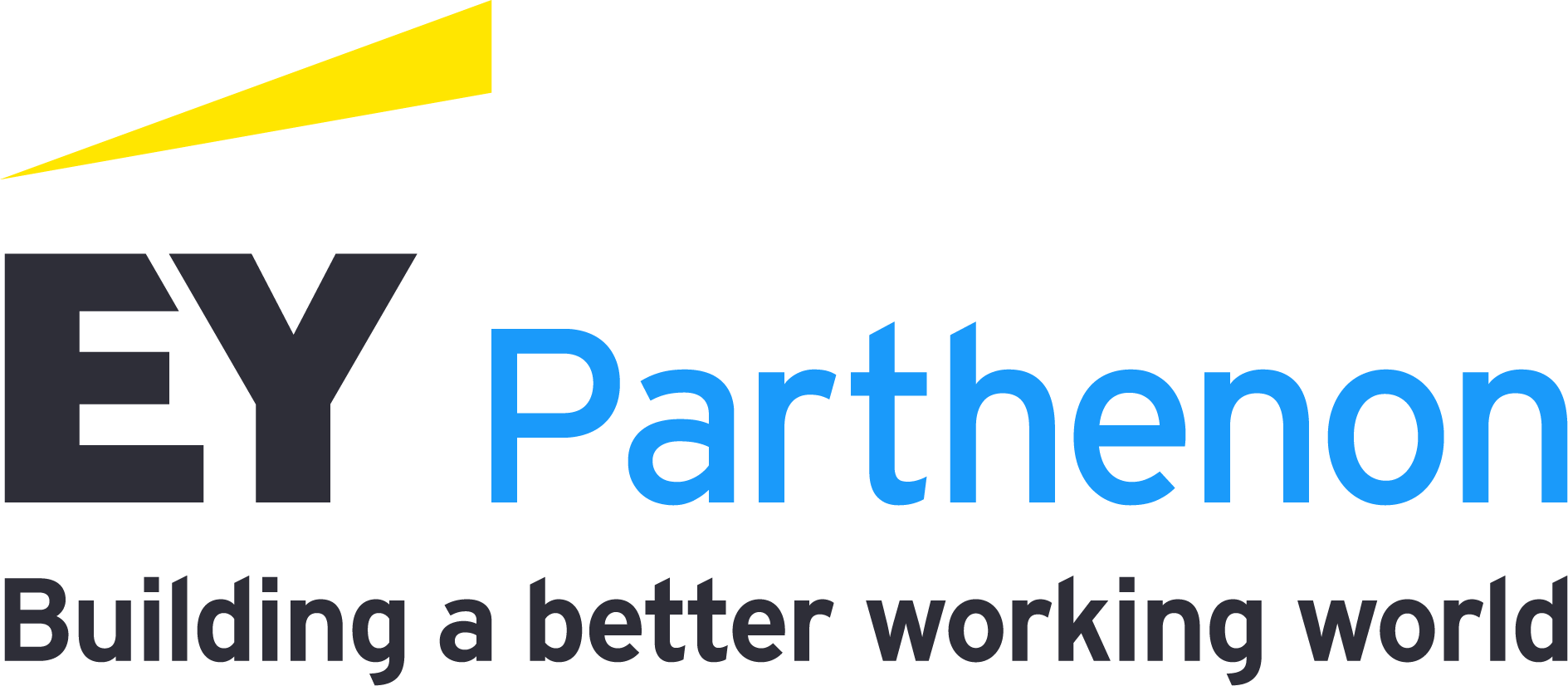Strategic clarity is critical at this point in history. We are living in a dislocating world that is very different from the one we inhabited even a year ago. The geopolitical sands are shifting. Economic uncertainty is rife.
The underlying tenets of business are being tested. Competitive differentiation is no longer enough. To survive, businesses must find new ways to create value within a rapidly evolving ecosystem. In this very uncertain world, business leaders need a new way of thinking about strategy.
Disruption across two dimensions
Business leaders are dealing with the short-term COVID-19 disruption that requires them to both defend and optimize their current business models.
There are also long-term structural dislocations that are reshaping business models: digitization, product and service innovation, changing customer behaviors and expectations, regulations and more.
Addressing both of these challenges at the same time can seem overwhelming. But we know the companies that make decisive moves tend to do better than those who wait it out.
Analysis of total shareholder returns of companies in the two years after the global financial crisis has found those with the strongest returns were those that either acquired or divested, and those that invested the most in research and development. In fact, companies that acquired new businesses posted 26 percent greater returns and those that divested boosted returns by 24 percent.
As companies emerge from the COVID-19 crisis, they must both transact and transform. Those that did both during the global financial crisis outperformed their peers.
Strategy is changing because business is changing
Value in the future won’t just be created through ownership and control but through partnerships, relationships and shared ownership.
Historically, business strategy was about competitive differentiation. Now, it is about how a business fits within an entire ecosystem.
In the past, it was about optimizing an existing business model. Now business leaders must also consider the development of entirely new models.
And where once strategy was time bound — revisited every year or every quarter — it now requires an ongoing dialogue. This means strategy development is not an event. It is an ongoing conversation that produces a strategic map.
Looking through different lenses
There are several ways of reframing strategy. Here are just three:
- Megatrends: Powerful, transformative forces have always had irreversible consequences — whether electricity, the automobile, airplane or internet. The COVID-19 crisis has clarified and amplified some megatrends and changed others. Digital transformation, analytics and robotics have all been amplified. CEOs and boards must focus on these megatrends now to remain competitive. Other megatrends, like ESG, are evolving in new ways as COVID-19 exposes social inequalities and workforce risks that weren’t previously a priority. Leaders must now ask themselves: What has changed? What hasn’t? What will the future look like? And what are we going to do about this?
- Scenario planning: The best way to be prepared for “black swan” events is to trial and test different worlds. Scenario planning models the future, helps answer ‘what ifs’ and stress-test suppliers, customers, competitors and the broader industry to see how they’ll be influenced by potential scenarios. Scenario planning is a tool to spot signs of emerging challenges and opportunities. When a worst-case event does occur, leaders are prepared and can take immediate steps to contain the damage. In best-case scenarios — say a product takes off or an acquisition opportunity arises — leaders have the ability to act with confidence.
- System thinking: There is real value in getting the senior leadership to immerse themselves in the implications of change. One EY client harnessed tools used in game theory to understand the changing system dynamics in the healthcare system. Teams were assigned roles as different sector participants — doctors, pharmaceutical companies, medical device producers, funders, hospitals and more — to explore how industry structures and roles are changing. This approach started new conversations, took people out of their comfort zones and encouraged them to look at the entire system through a different lens.
These tools can help to map the landscape so that everyone in an organization can refer to this map as they head towards their destination. The secret is to invest the time to develop this shared view. It won’t be one view and it won’t be a once-a-year planning event. It’s not set and forget.
To start an ongoing dialogue about where and how value will be created, leaders should ask themselves three big questions for real-world strategy:
- Do you have a shared view of the likely path of your industry’s evolution? And what will determine which path materializes? Finding answers demands an ongoing dialog.
- Can you articulate your vision for the future? Are you clear on the role you aspire to play? Understanding why the economics of this vision are attractive and how you will differentiate yourself is the key to creating long-term value.
- Have you agreed on the short-term actions that will help you pursue this vision? What are you seeking to build and learn? A process in place helps to refresh priorities in the face of new information.
Success should be measured by strategy implemented, not strategy on paper. Planning and presentations will go nowhere if the right questions aren’t being asked and they are not anchored in the realities of business — in real-world strategy.
Past crises have given us the hard evidence. We know that when companies take action to transact and transform, they come out on top. But to act with confidence requires a new strategic process — one underpinned by scenario planning and a deep understanding of the megatrends that are reshaping the world.
Strategy will vary by sector and by company within that sector. But one thing is constant. Successful leaders are all doing something — and they are doing it differently to how they did it last year, and the year before.




